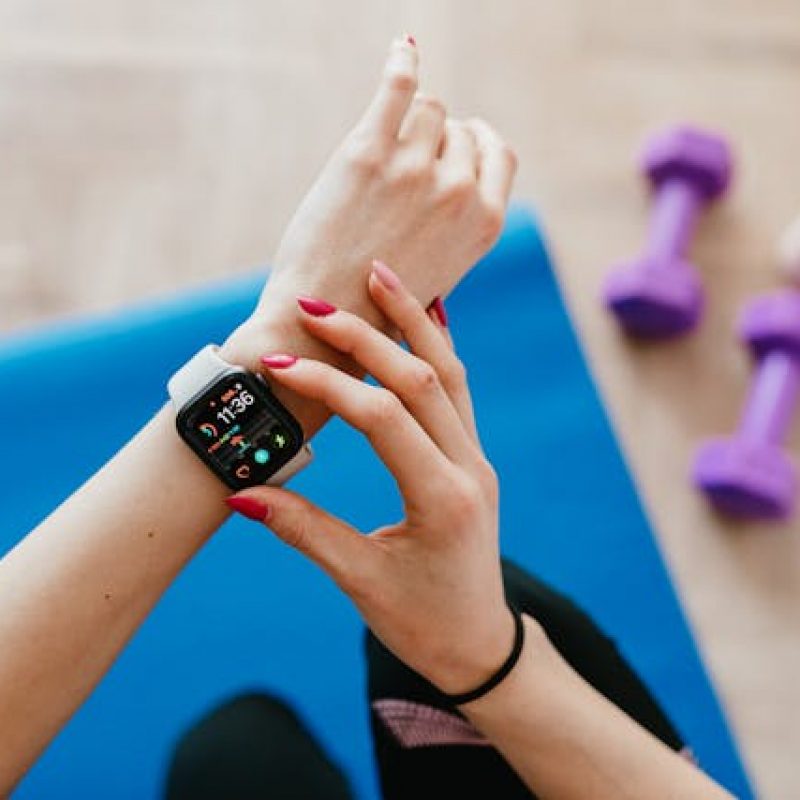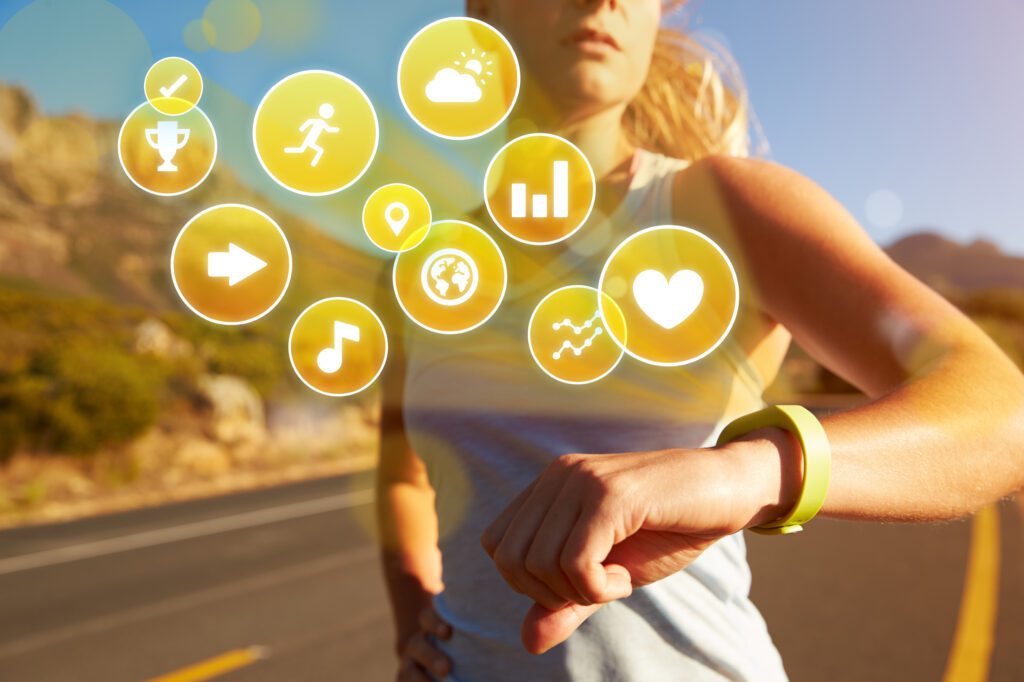You Track Your Steps. But Are You Tracking Your Energy?
Your fitness tracker shows your steps, your workouts, maybe even your heart rate. But what if the most important number is the one that tells you when to pause?
We often push through tired days, thinking we can sleep later or rest on the weekend. True wellness isn’t just about doing more; it’s about recovering better. The “no pain no gain” mindset needs to be retired permanently. Your wearable can actually help you understand when your body needs to slow down and how to feel more energized in the long run.
Let’s dive into how to listen to what your body is telling you and how to maximize your progress with recovery.
What Is Smart Recovery and Why Does It Matter?

Smart recovery means using simple cues from your wearable to guide how you rest, sleep, and recharge. It’s not just for athletes or gym lovers. It’s for soccer moms and weekend warriors balancing a full life who want to feel less drained and steadier.
Your body sends signals when it needs a break (listen to them). Some of those signals show up in your data:
Heart rate trends
Sleep quality
How rested you feel each morning
Energy dips throughout the day
These patterns will tell you if your body is bouncing back well or if it’s waving a red flag asking for help.
3 Wearable Metrics Worth Watching
You don’t need to track everything. Just focus on these:
Resting Heart Rate: If your heart rate is higher than usual, it might be a sign that your body is stressed, fighting something off, or not sleeping well.
Sleep Patterns: Look for consistency. Are you waking up a lot? Getting less deep sleep? That could help explain those lethargic mornings.
Heart Rate Variability (HRV): This is a fancy way of measuring how relaxed or stressed your system is. If it’s lower than usual, your body might need a slower day. Harvard Medical School offers a helpful breakdown of what HRV means and why it matters.
FAQ: Real-Life Questions About Recovery and Wearables
Q: I had a bad night. Should I be worried?
A: Not at all. One off day doesn’t mean anything is wrong. Look for patterns over time, a little ebb and flow is normal.
Q: My numbers are off but I feel fine.
A: That’s okay. Use the data as a piece of the puzzle, not the whole puzzle. Your body knows best.
Q: I’m doing everything right but still feel tired.
A: Life can be demanding. From family stress, hormonal changes, projects at work, many things can affect recovery. Give yourself credit for showing up. And give yourself grace to rest.
How to Use Your Data in Real Life
Here’s where it gets useful. Instead of ignoring your wearable’s suggestions (or getting annoyed at the notifications), use the data to make gentle adjustments:
Tired Day? Lighten the Load: If your numbers are down and you’re feeling sluggish, skip the intense workout and go for a walk or do some gentle stretching.
Better Sleep Starts Tonight: Try a slightly earlier bedtime, a cooler room, or turning off screens an hour before sleep. These small changes add up.
Balance Your Schedule: Don’t book a tough workout, back-to-back meetings, and an emotional conversation all in the same day. Give your system breathing room.
Create a Mini Recovery Routine: Even five minutes of deep breathing, a warm shower, or stepping outside for fresh air can reset your energy.

Try This Simple Experiment
Choose one thing to track for the next two weeks, like your resting heart rate or how many hours of sleep you get. Various apps and trackers are super useful for this exercise but jotting things down in a notebook works just as well.
Each day, write down how you feel. Stick with a couple of basic categories: energized, average, and tired. Then look back and notice the patterns.
This is the start of building a deeper connection with your own body’s signals.
Want Help Making Sense of It All?
Avidon can help. Our check-ins and digital coaching tools are designed to guide you, not overwhelm you. We meet you where you are and help you build better habits, one step at a time. Download our free app and see how Avidon can help you achieve your goals.
Today’s Takeaway: Rest is productive – full stop. Listen to your body. Use your data. And let recovery be part of your wellness, not an afterthought. Wellness is a journey; it’s okay to vary your pace as long as you keep heading toward the destination.
Author

Avidon Health is transforming how organizations promote healthier lifestyles through behavior change science and technology-driven coaching. Our mission is to empower individuals to achieve better health outcomes while driving measurable business success for our clients.With over 20 years of expertise in health coaching and cognitive behavioral training, we’ve built a platform that delivers personalized, 1-to-1 well-being experiences at scale.Today, organizations use Avidon to reimagine engagement, enhance health, and create lasting behavior change—making wellness more accessible, impactful, and results-driven.
